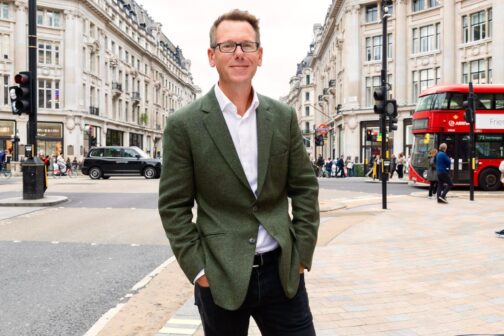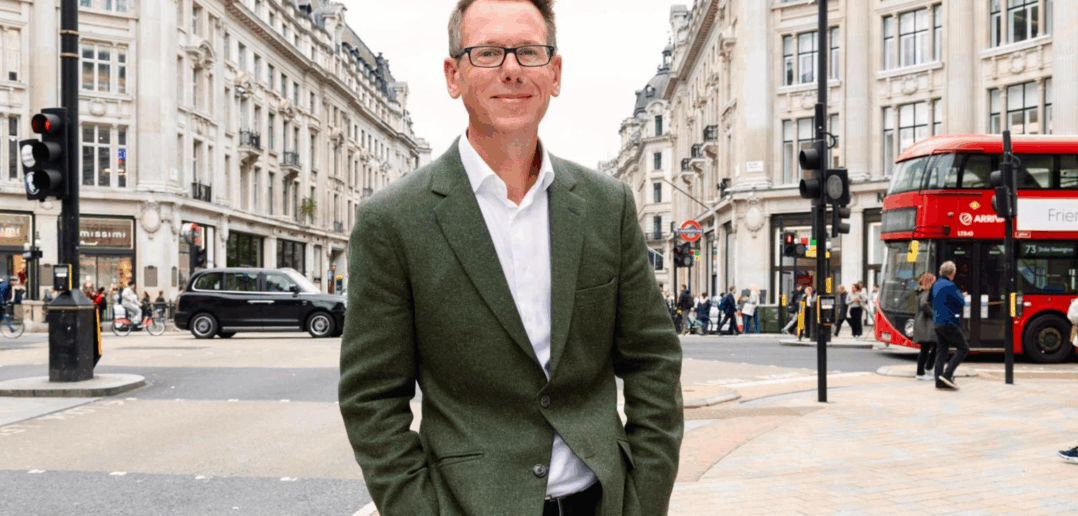MAPIC Interview: Savills Co-Head of Global Retail Sam Foyle
How the major retail markets have changed since the pandemic. Arguably the hardest hit cities post-Covid were those that had previously been the distributed epicentres of the globe’s biggest international brands – but from Causeway Bay to Fifth Avenue, many of retail’s most important avenues had lost their allure.
It has taken some time to recover, but according to Savills Co-Head of Global Retail Sam Foyle the traditional natural order has been restored, while a number of new city markets have emerged.
“London, Paris, Milan and New York are still strong, probably more important than ever in terms of brand profile, the size of those stores, the investment that goes into them,” he said.
“Of markets that are starting to come through, the one that’s loud and clear is Madrid. That would be my number one pick in Europe at the moment, it’s got so much going for it, and every factor has a real influence. It’s secure, it’s clean, it’s been very open for business, internationally there’s been a lot of lot of people moving to Madrid, a lot of businesses going to Madrid. The culture, climate. It’s now very much on the radar for brands, from Mexican brands looking at coming over to British and Asian brands expanding.”
Foyle also believes that 2026 will see the comeback of the top German markets, with macroeconomic headwinds educing, improving confidence and a good supply of space and lower rents.
“It’s a really good market to expand into, because there are a large number of major cities there. Munich is the obvious first, because of the affluence, but that will follow through with the other major markets such as Dusseldorf, Hamburg and Berlin,” he added.

Sam Foyle, Savills Co-Head of Global Retail
Brussels, Antwerp, Amsterdam, plus Central and Eastern Europe cities such as Warsaw, Prague and Vienna plus Lisbon – an city popular American brands – also feature on his ones to watch list, in part thanks to strong future sales forecasts.
“On a global basis, the two areas in the Middle East I’d be picking are Riyadh because of the huge amount of investment, and Abu Dhabi. Dubai is a mature and successful market but if you go up the road to Abu Dhabi, it’s lower rise, traffic is lighter, it’s got a more chilled vibe. And there’s some development coming through, so I think it’s really going to accelerate over the next couple of years,” Foyle added.
India, he says, reminds him of China a number of years ago, as major developers from Asia, particularly, look at mall development, while Mexico is growing in part because of the growth of Spanish brands, plus Toronto, which has benefitted from its proximity as a geographically close city to New York amid tariff uncertainty.
“The challenges with brands going into the US at the moment means Toronto is such an easy one. It’s close to New York. It’s got four seasons, which is great for fashion, legally it’s good, politically it’s stable. It offers an easy bridge to the US. Vancouver and Montreal too, but Toronto would be my number one,” Foyle said.
The amin impact of tariffs has meant some uncertainty for brands expanding in the US at large scale and conversely an acceleration in the number of US brands making their debuts across Europe.
“It’s refocused US brand strategies on Europe. Canadian brands have also stepped up their European expansion as it’s created that small pivot with Europe moving up the agenda, similar to driving Chinese brands to Europe as well, although when it comes to the US Chinese brands are in this for the long term,” Foyle said. “They’re not looking at a quick buck. They’ve got much more confidence, creativity and some brilliant design teams.”
With increasing retail activity in Europe, Foyle notes that in prime locations rents are now moving back up towards pre pandemic levels, against a backdrop of a very much slowed development pipeline, meaning a potential gap in new supply.
“But also retailer demand is absolutely laser focused on the right products; retailers will not look at a property having challenges with ceiling heights, too many columns, not enough frontage, they won’t take that space. So we’re going see some rental growth but also a lot more proactive asset management from landlords,” he said.
“We’ve also seen tenant mix improve significantly. Regent Street in London’s West End would be a really good example. Regent Street is full and any vacated units will attract a number of bids and the landlords are only interested in the absolute best operators, first to market, best in class,” Foyle said. “That doesn’t mean the biggest retailer, landlords are much more attuned to social media and grabbing those retailers at the right stage for their first property when they’re absolutely hot.”




